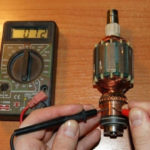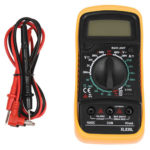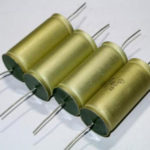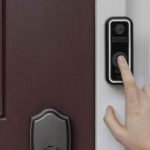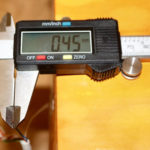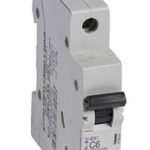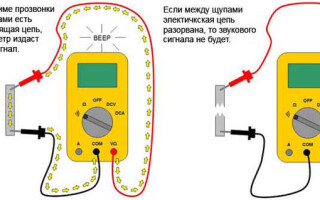Installation of any power or lighting network, equipment repair and other electrical work is always associated with checking the integrity of the circuits. Often, a wiring or component failure is the result of a break in the switching lines, which can be diagnosed using the continuity of the conductors. This article will discuss the methods of dialing, and also consider in detail the option of diagnosing a circuit using multimeter.
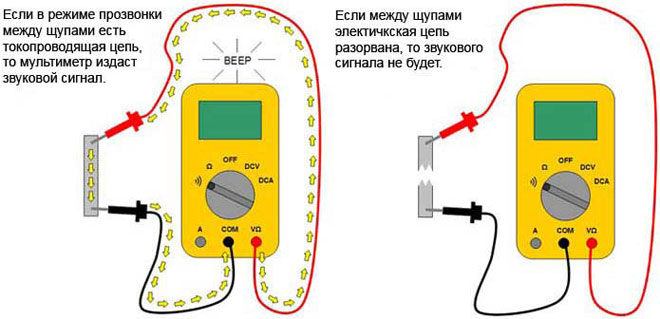
Content
What does it mean to ring the wires and when it may be necessary
Quite often you can hear the term "cable continuity", but people who are not related to electrical engineering may not understand it.In a general sense, “dialing” means checking the integrity of electrical circuits and the absence of short circuits between conductors. The determination of the integrity of conductors is carried out not only by electricians, but also by people associated with the repair and diagnostics of various electrical equipment and electronics, as well as signalmen when laying communication lines.
When installing power and lighting networks in industrial conditions or at home, at the end of all work (or any stages), a mandatory check of each installed line is carried out. This is important for the correct and durable operation of the entire mounted system.
How can you ring the wires?
There are a fairly large number of diagnostic equipment options for checking the integrity of electrical circuits and detecting short circuits. Such devices include:
- various testers: on the market are presented in a wide variety for electrical networks and communication lines from simple Chinese production to expensive ones from European manufacturers;
- homemade testers: based on self-contained power supply (rechargeable battery) and a test lamp;
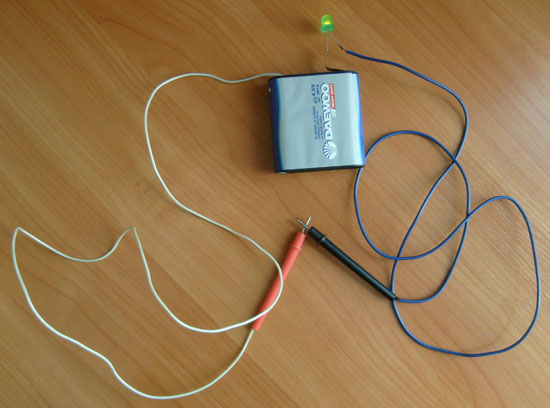
- multimeters: multifunctional devices for measuring network characteristics and diagnosing its performance;
Professional electricians often use a multimeter when working on continuity, as this handy device is in the arsenal of every specialist. In domestic conditions, for single checks and in the absence of a multimeter, testing of conductors is carried out using home-made test lamps or when a load is connected.
How wires are dialed with a multimeter
The most convenient, understandable and safe way to diagnose wires for integrity or short circuit is to check with a multimeter. There are a large number of multifunctional devices with different parameters and prices: from the simplest and most affordable to more expensive, accurate and functional. But almost any multimeter you can check the integrity of the conductors, for this it is not necessary to have expensive equipment.
What should be the reading of the multimeter
There are two methods of checking using such a device: in resistance measurement mode and in continuity mode.
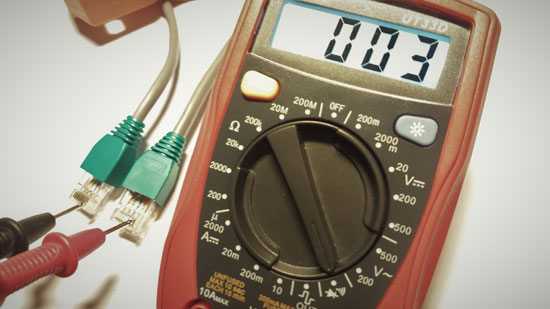
Call mode - the most convenient method of verification. Here you do not need to have any knowledge regarding instrument readings. It is enough to connect the probes of the device to the ends of the cable and hear the sound. If in order, then the procedure is as follows:
- Turn on the multimeter, set the dialing mode (an icon of several brackets of different sizes, similar to the Wi-Fi designation);
- Connect one probe to one end of the tested conductor, the second probe to the other end of the same wire;
- If you hear a sound, then the cable is intact. If there is no sound, there is a break in the line (or the probes are connected incorrectly).
It should be noted that this also checks for a short circuit in adjacent conductors. The only difference is that one probe is connected to the first conductor, and the second probe to the second: if there is sound, there is a short circuit.
Resistance measurement mode - is somewhat more difficult. But if you remember what readings should be on the multimeter in different situations, it will be much easier. Moreover, many multimeters do not have a dialing mode, but there is almost always a resistance measurement mode.
The procedure for such a measurement will be as follows:
- Turn on the device, set the switch to resistance measurement mode, set the minimum value for measurement (typically 200 ohm);
- Connect the probes to the conductor;
- If the display shows any value or zero, then the conductor is intact. If you see the number 1 on the screen, then the resistance is infinite, that is, the cable is broken.
The reverse sequence for determining a short circuit between conductors or ground: with infinite resistance - the insulation between the conductors is not broken, and the presence of at least some resistance will mean a short circuit.
Note! It is not always possible to determine a short circuit with a multimeter. To check the integrity of the insulation and the absence of interphase short circuits, it is checked megaohmmeter.
If you are sure of the integrity of the cable, then in this way you can identify the ends of the same conductor in a bundle of wires with the same color marking. It is enough to connect the probe to the conductor on one side, and on the other hand, alternately lean the probe against each conductor in the bundle. When the signal sounds, you have found the second end of the wire. That's it, nothing could be easier.
Continuity of a long conductor
To test the wire, the ends of which are far away and there is no way to get two multimeter probes from the beginning to the end of the wire, you can use known wires or ground.For example, a cable may have a colored core, then all the white cores can be called out by connecting it to the white ones at one end and searching for this pair at the other.
If this is not possible, grounding can be used. We connect the core of the wire to the ground at one end, and at the other we look for a conductor sitting on the ground. It is important here that the grounding is reliable at both ends, otherwise it will not work to ring the wire in this way.
Security rules during dialing
Any electrical work, including diagnostics of conductors, requires compliance with all safety precautions and electrical safety rules. The main rules, the observance of which will save your life and health, sound like this:
- Always operate only with the power off. hang a sign "DO NOT TURN ON. PEOPLE WORK!” at the knife switch or machine;
- Do not touch bare conductors with bare hands, use overalls and special tools;
- Handle power tools with sharp edges carefully: use gloves and avoid damaging the cable;
- Upon completion of work, all faulty systems must be de-energized, and bare wires - well insulated.
Take care of yourself and remember, if you doubt that you are capable of working with electrical networks, entrust this matter to professionals.
Similar articles:
